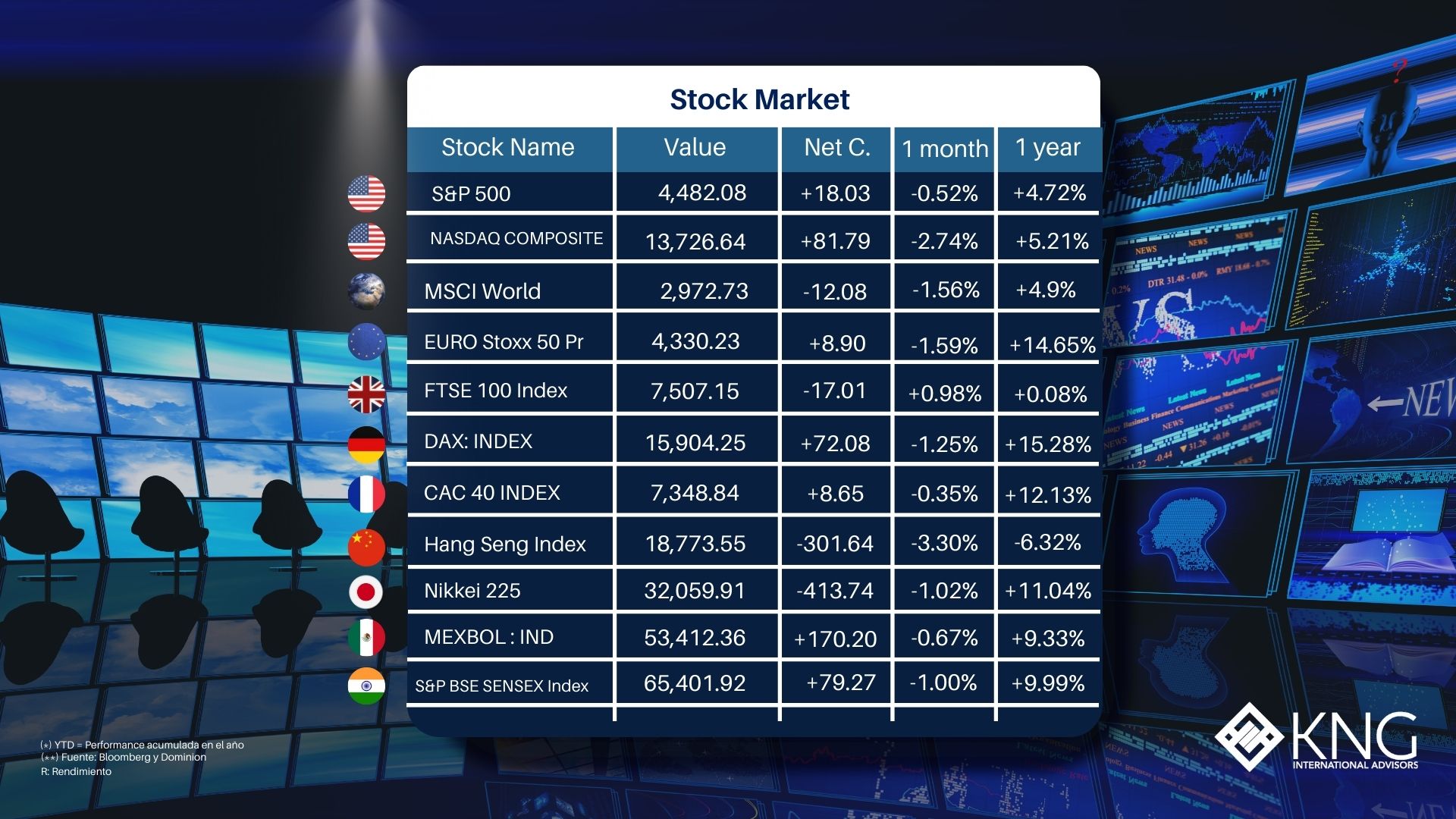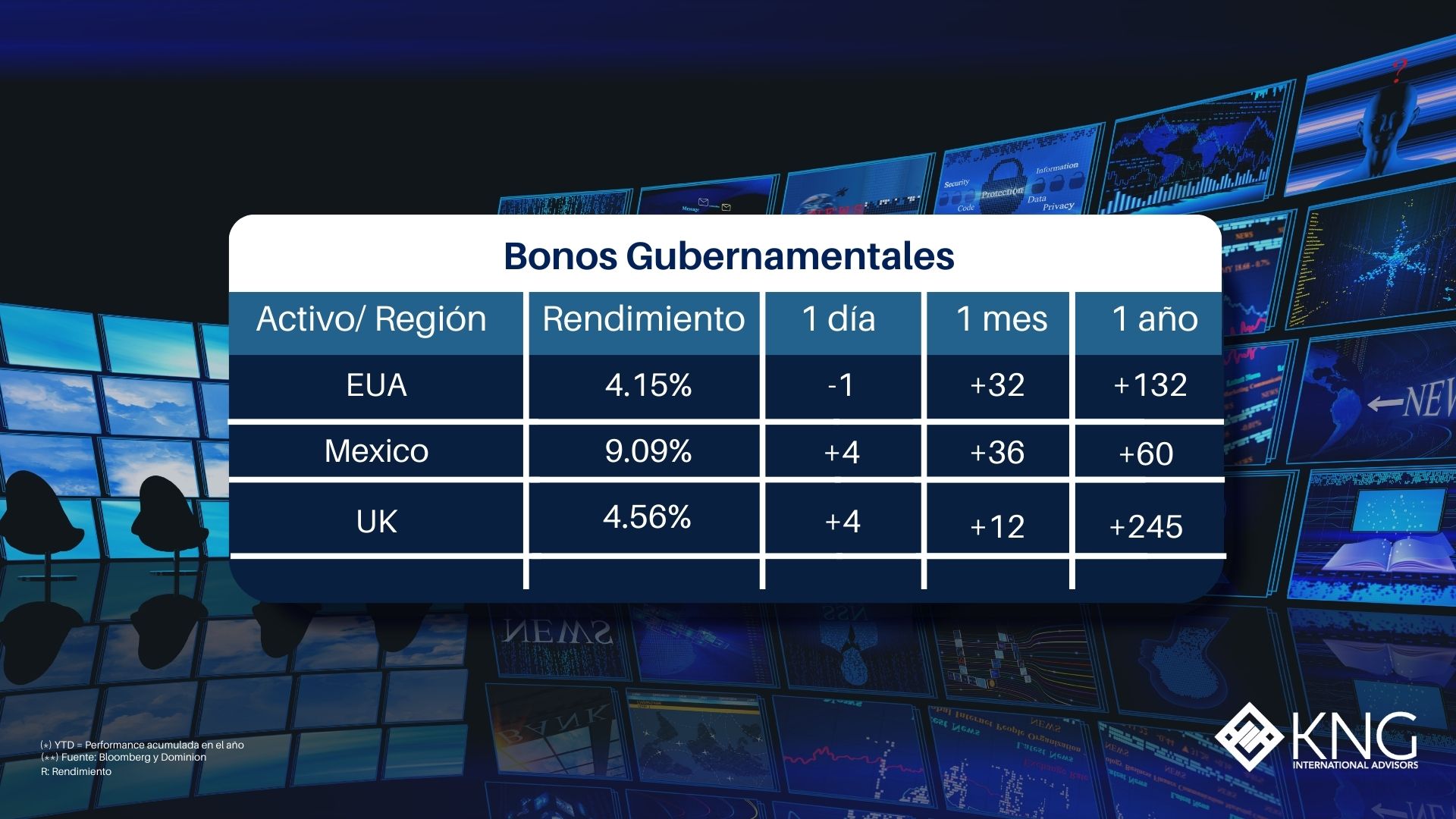Monday 14th of August 2023
Listen to this financial market update by playing this audio...




How does the butterfly effect link to the markets?
It is rare in any sector of the economy for talks between a trade union and employers to have global ramifications. But that is exactly what happened last week.
Proposed industrial action by trade unions and their members at liquified natural gas (LNG) sites in Western Australia, representing 10% of global LNG exports, sent natural gas prices in Europe up +40% in just one day. Much of Western Europe relies on natural gas for a high proportion of electricity production, as well as many industrial production processes and (during winter) for heating. A spike up in price of this magnitude has major implications if sustained.
Outside of Europe prices rose too. In Asia, LNG futures rose +7% last Thursday, while broader energy prices have moved up too.
While much of Australia’s LNG supplies go direct to Asia, the prospect of tighter supplies there means many Asian LNG buyers will be looking to compete with European buyers for supplies out of North America and the Middle East.
The Butterfly Effect is an idea in which very small changes in the state of initial conditions in a system can have large nonlinear effects in a later state on the entire system. Mathematician and meteorologist Edward Norton Lorenz used the example of a butterfly flapping its wings resulting in a tornado some weeks later.
In the global commodity complex, an effect much like the butterfly effect can have global implications, especially when those markets are tight, i.e., where the spare capacity of the supply side to respond to high prices is limited.
Since the Russian invasion of Ukraine, global energy markets have become tighter. And these markets were already becoming tighter in the lead up to the war, the conflict has only exacerbated the problem. Years of low investment in new production capacity by fossil fuel producers has meant that the ability of the supply side to respond with higher production has become reduced steadily over time.
We have warned previously that tight markets in an unstable geopolitical climate and with high inflation could result in lurches back into rapid rises in commodity prices which surprise markets.
This is exactly what happened last week. Unions representing just 700 workers in Australia resulted in European and Asian energy prices rising substantially. This is a strong indicator of tight markets and that we could see further spikes up in prices for commodities, as we saw in 2022.
Inflation picks up...
This raises the prospect of inflation levels picking back up due to commodity prices pushing up broader price levels. Last week’s price spike is not enough, on its own, to cause this, but is indicative of the state of energy and commodity markets today, namely one of tight supplies across many major commodities, a world where the risk of interruptions to supplies is high, and where demand for some commodities is rising structurally (driven by emerging market demand and the needs of climate change mitigation policies).
This sets us up for continued lurches up in prices to very high levels in the short-term. The timing of these lurches up in prices is hard (arguably impossible) to predict, but we can say with more certainty that the probability of these lurches up in price occurring is higher.
When we look at some of the stocks (energy suppliers) with positive exposure to these price rises, they often trade on very low valuation multiples. This is why we maintain long investment positions in some of these names. With limited downside to share prices given the already low valuations, we have exposure to the positive side of higher energy prices… higher short-term profits and dividends!
We would like to thank Dominion Capital Strategies for writing this content and sharing it with us.
Sources: Bloomberg, Yahoo Finance, Marketwatch, MSCI.
Copyright © 2023 Dominion Capital Strategies, All rights reserved.
Disclaimer: The views expressed in this article are those of the author at the date of publication and not necessarily those of Dominion Capital Strategies Limited or its related companies. The content of this article is not intended as investment advice and will not be updated after publication. Images, video, quotations from literature and any such material which may be subject to copyright is reproduced in whole or in part in this article on the basis of Fair use as applied to news reporting and journalistic comment on events.